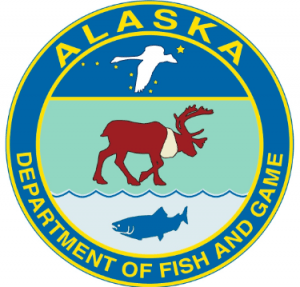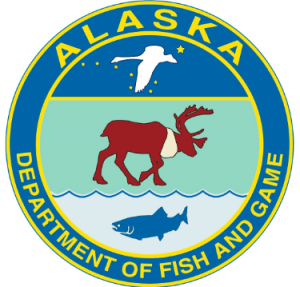Winter Conditions Increase Moose-Vehicle Collision Risks


Motorists are urged to use extra caution this time of year when traveling roadways in Southcentral, Interior, and other regions where moose are common. Long nights and short, often dimly lit winter days make the animals especially difficult to spot, increasing the danger of moose-vehicle collisions.
“The majority of our road kills occur during the winter months,” said Kenai Area Wildlife Biologist Jeff Selinger. “Decreased visibility due to lack of daylight, icy roads, and moose movement patterns all contribute to the increased collision rates we see at this time of year.”
Visibility hazards are further compounded when accumulating snow forces moose into lowland areas, often around highway corridors where travel is easier and food sources more exposed. The combination can be deadly for moose and motorists alike when vehicles traveling at normal highway speeds collide with the animals that may weigh between 500 and 1,000 pounds.
To help prevent collisions with moose, the Alaska Department of Fish and Game suggests drivers practice the following safe winter driving habits:
Motorists involved in or who witness moose-vehicle collisions should contact Alaska State Troopers. Injured moose should be reported to the nearest Department of Fish and Game office during normal business hours, online at adfg.alaska.gov (Report a Wildlife Encounter), or to the troopers outside normal business hours.
